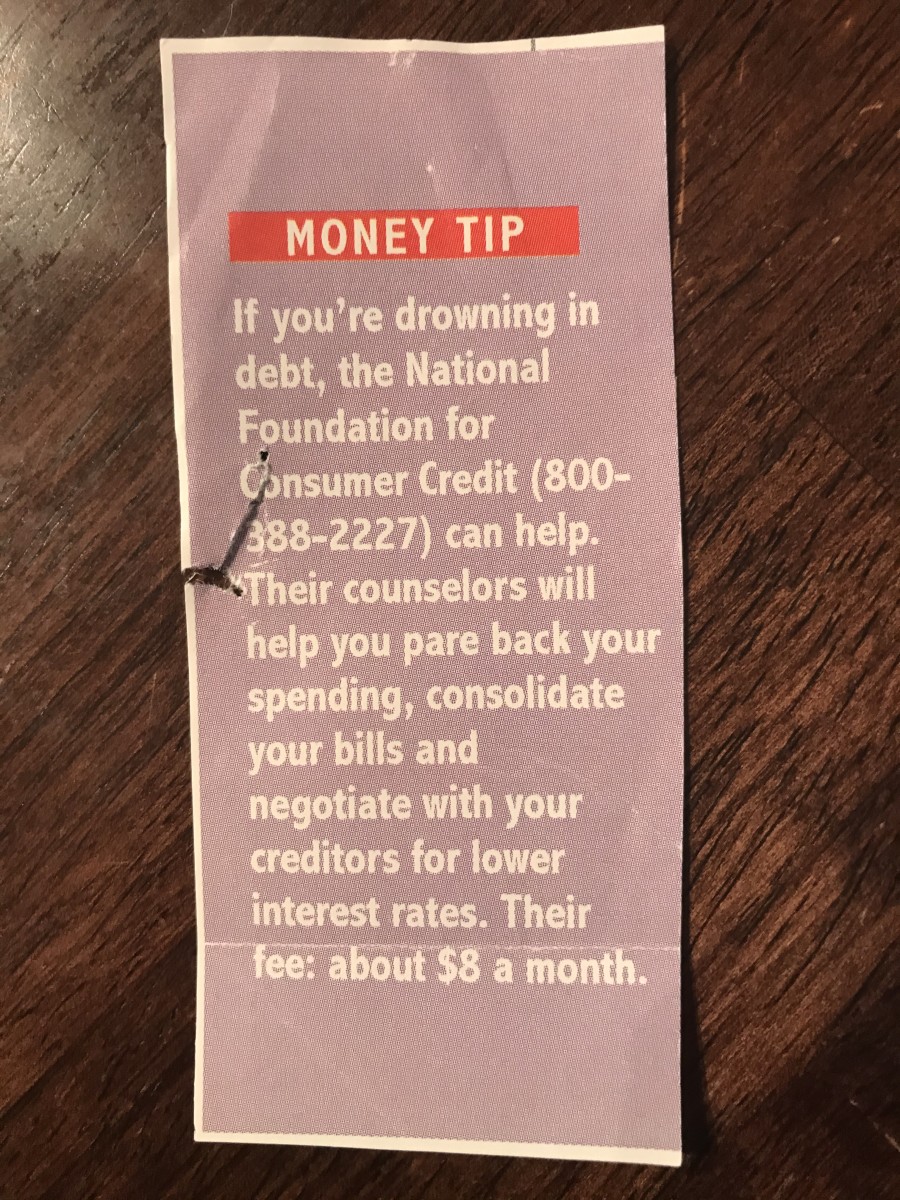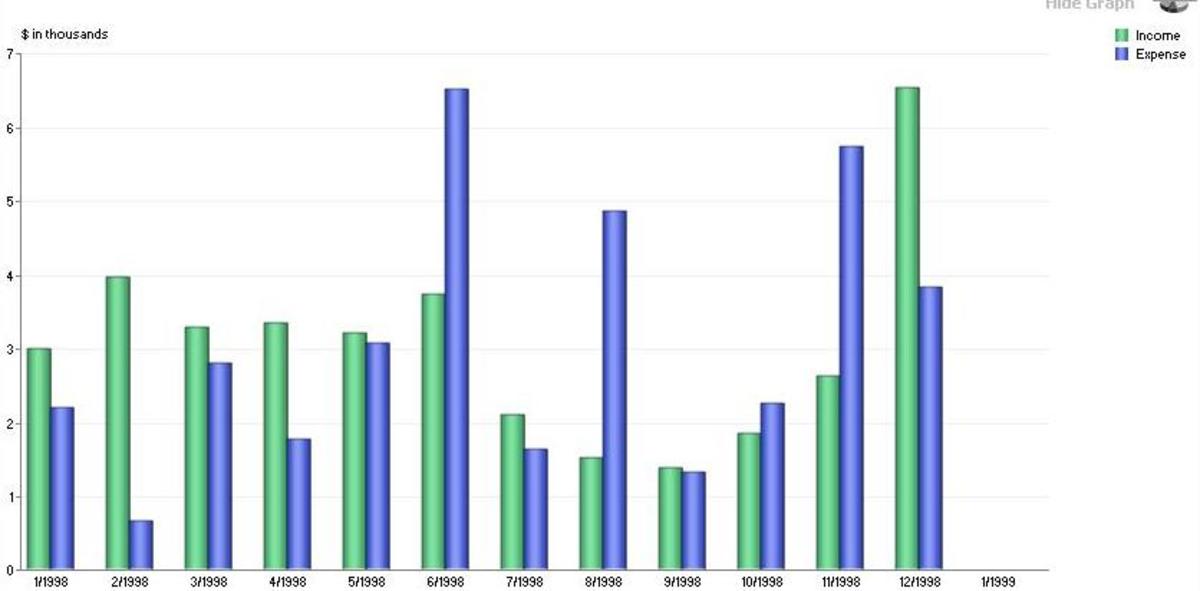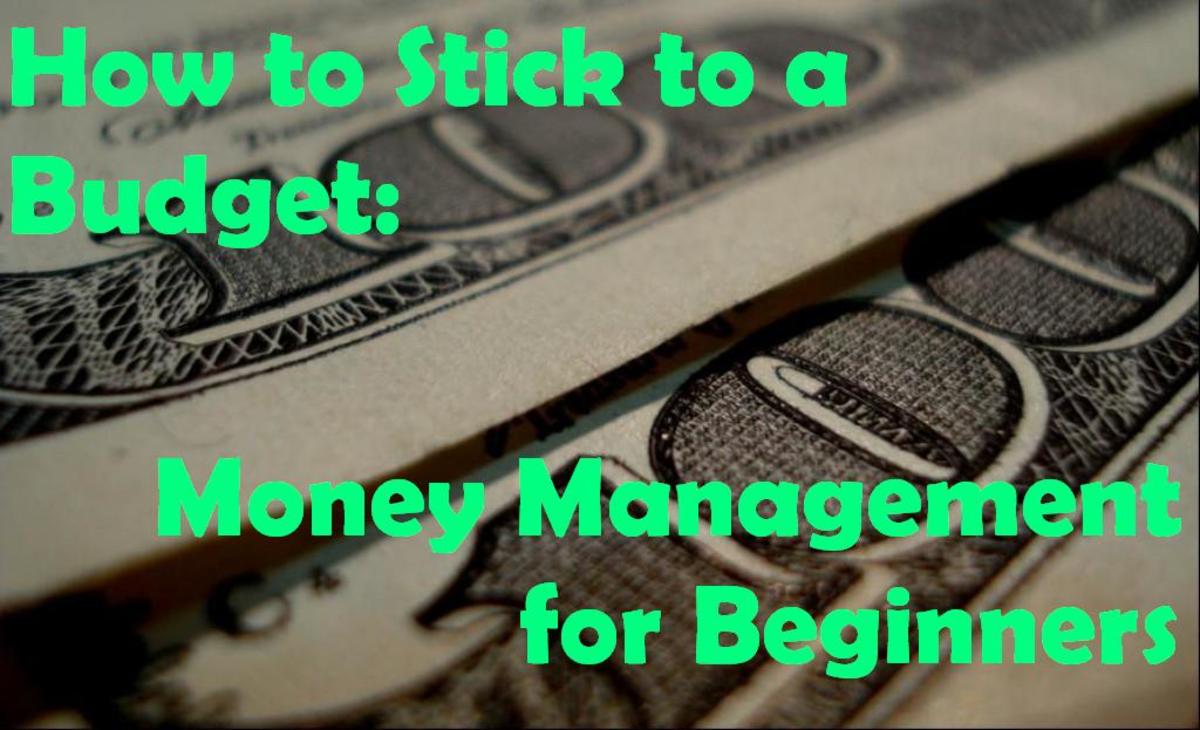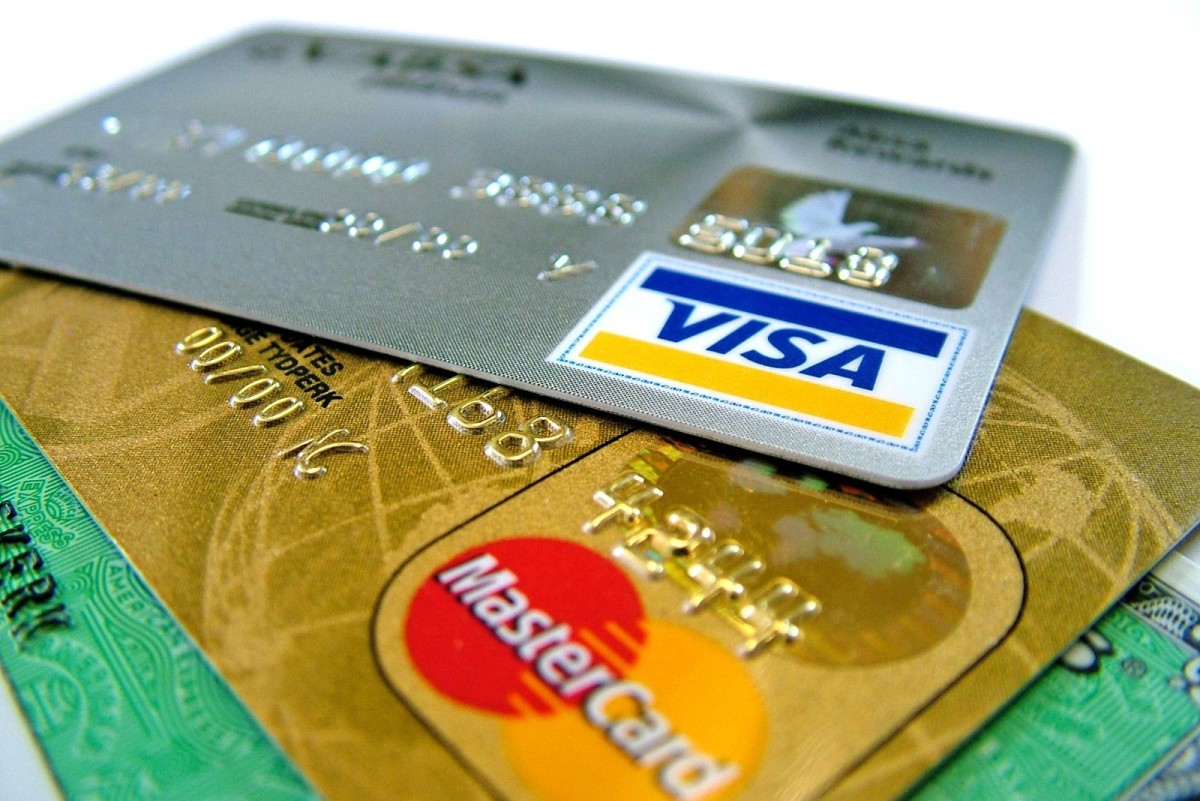Credit Card Debt: Playing Financial Russian Roulette

Are You a “Revolver”?
Revolving debt is something that happens when a borrower has to pay back a set percentage of the total balance of what they owe, on a monthly basis. For example, a credit card.
Revolving debt is differentiated from non-revolving debt, like mortgages or car loans, where the customer pays a fraction of the debt plus interest each month, until the whole loan is paid off.
Whilst revolving debt has some advantages when it is used correctly, it is hideously dangerous to those who mismanage it. If you are paying your minimum credit card payment, or equivalent, over and over again each month without ever paying your debt in full, you could be in serious trouble.
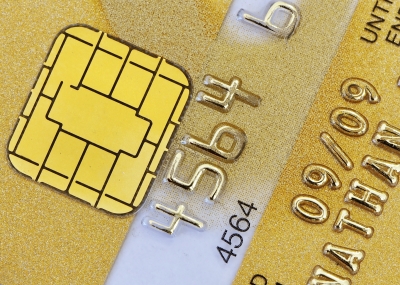
What kinds of revolving debt are there?
Credit cards are one type of revolving debt. A credit card enables you to charge purchases to your account, up to your permitted limit, and in return they charge interest on your balance. Credit card debts are revolving, because each partial payment is based on percentage value of your balance each month. Typical credit card interest rates can be anywhere between 7 and 36%. The monthly payments are usually calculated at about 2-6% of the total balance that you owe, or 1% plus the interest.
Payday loans and fast cash advances are other types of revolving debt. Payday loans are usually extremely expensive. The annual percentage rate may actually work out at several hundred percent. For instance, on 100€ borrowed for two weeks, you may end up paying a 20€ fee on top. Some calculations comparing payday loans to other alternatives demonstrate that you could be paying staggering 400% or more annual percentage rate on a payday loan.
Home equity lines of credit (not to be confused with home equity loans or second mortgages) are another example of revolving debt, where you borrow money and give your home as collateral. With a home equity credit line, you will be given a credit limit based on a percentage, for example 40%, of the home's estimated value and subtracting from that amount the total balance owed on any existing mortgage. Home equity plans usually set a fixed period during which you can draw money on the credit line, like 10 years. At the end of this time period you may have to pay the outstanding amount in full, renew the line of credit, or if you are not permitted renewal, pay the amount back in full through a repayment schedule agreed with the lender. Home equity lines of credit tend to have variable interest rates, rather than fixed ones.
How it’s meant to work
Borrowers can benefit from revolving debt. In theory, revolving debt allows a consumer to buy items without paying the full price straight away. In emergencies this can be useful, such as when you want to spread the payments for bigger purchases out over a longer period of time. Like paying for a new washing machine over three months, when your old one breaks down, instead of having to pay cash in one go. Creditors gain a financial benefit from revolving debt, because they earn interest on each monthly balance that is carried over.
With revolving debt, you can also increase the credit limit without needing to apply for an additional loan. Your creditor will only let you do this if you use your credit card sensibly and make your payments on time every month.
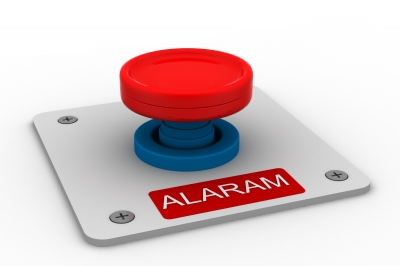
Warning
Misuse of revolving debt
Misusing revolving debt has dire financial consequences. Because the amount you pay, may change based on how much you owe, these kinds of debt can only be a benefit if you pay the debt down, - only then will your monthly payments be reduced. If you have a big balance or your monthly expenses are large, this can increase your monthly payments. This is where trouble starts.
As an example, perhaps you charge a 1,000€ onto your card for a holiday on a card that has an 18% interest rate. If you only make minimum payments and never add any extra money to the balance, it would take you around 30 years to pay the loan off and you interest would be around 5,000€.
People in trouble with credit cards and payday loans
A report by The Pew Charitable Trusts this February, stated the following about payday loan borrowers in the USA:
“Desperation also influences the choice of 37 percent of borrowers who say they have been in such a difficult financial situation that they would take a payday loan on any terms offered.”
Is the current financial climate to blame? Or should we point a finger at banks and unscrupulous lenders who trap people into debt?
Although there are plenty of arguments for and against these suppositions, the fact remains that there are already too many consumers worldwide, who find themselves in debt traps. Whilst governments have been forced to take measures against creditors who willfully lure people into debt, for those people already in trouble the initial motivation to borrow irresponsibly is perhaps unimportant now. Instead, it is vital for these debtors to find a solution and climb out of the hole.
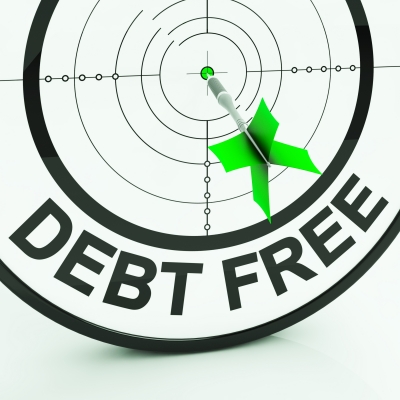
Getting off the merry-go-round
Imagine you carry a credit card balance of 5,000€, with an interest rate of 13%. Your minimum payment is 2% of the balance, so you have to pay $100 a month. If you only make minimum payments, you’ll pay the whole debt off 17 years, with 5,725€ interest – so more than doubling the borrowed amount. Scary, right?
By doubling your minimum payment each month (paying 400€), your debt will be paid in 6½ years. This is 10 years less, than by paying minimum payments. Also, there’s a huge difference in your interest: it will only be 1,832€, saving you 3,893€.
Doubled payments may feel crippling in the short term, but the fact remains that you’ll pay the debt off quicker and over time be much richer, thanks to paying less interests.

